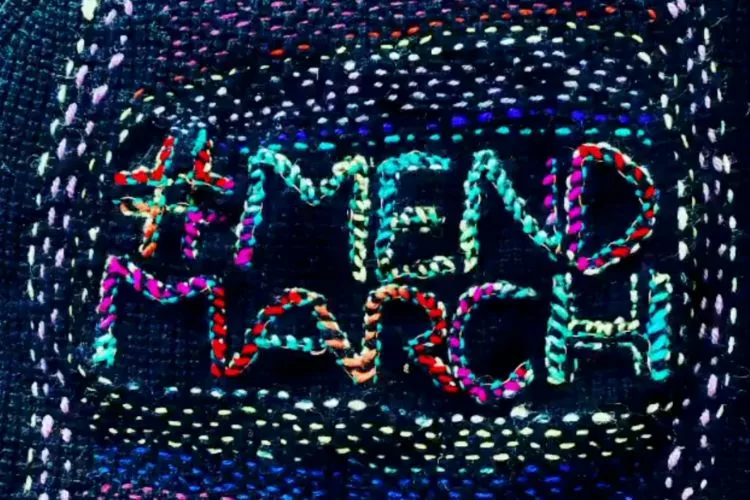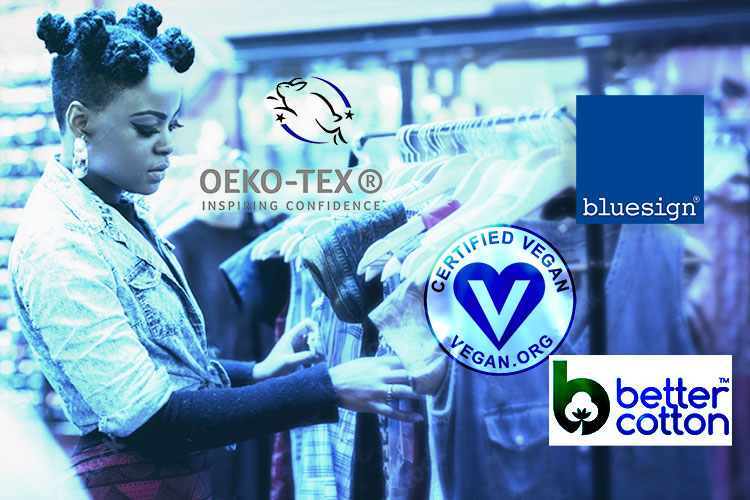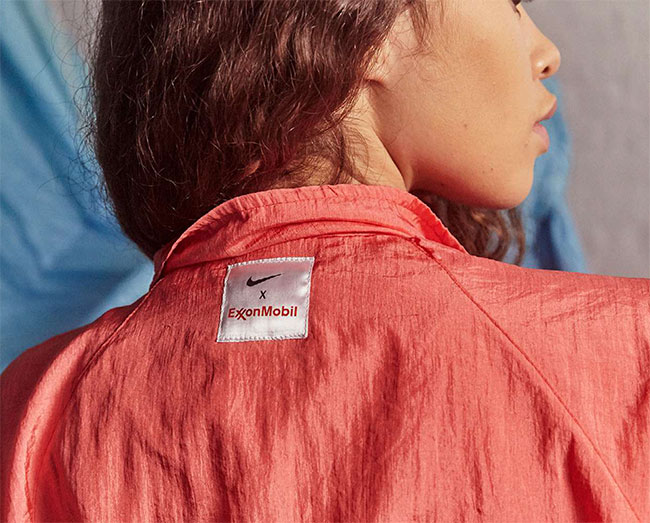
There are so many reasons to end this relationship…
Your first tights and leotard from dance class. Or your soccer uniform. Or the old school Adidas jacket inherited from your uncle. Where are they now? Unless something is really sentimental we don’t give much thought to what happens to our clothes when we’re done with them. They just go “away”. Maybe “away” is to a thrift store. Or a box in the attic. Or into a trash bag headed for a landfill even farther “away” –polluting someone else’s shores.
The uncomfortable reality is we mostly don’t know what happens because we don’t want to know. And what we all need to know is that synthetic clothing –polyester, nylon, etc– never goes away. And this is what I consider a major problem and like a relationship deal breaker. But I know all break ups are hard and just because I can see how bad this relationship with synthetic clothing is for you, you have to see for yourself.
So let’s shrink the frame and look at what you care about and how this break up will help.
The Big Picture: If you are an environmental activist
You know global warming is real and follow Greengirlleah and Pattiegonia on insta. But you don’t think you can afford “sustainable clothing.” I’m not going to argue that point but merely suggest that if you care about the environment first then I’d rather you buy a 100% cotton shirt at your favorite fast fashion brand (likely in their “eco” collection) than a polyblend somewhere else. That cotton t-shirt will eventually biodegrade and can even go back into the soil while synthetics live on forever –or are burned and poison our air. Plus, fun (not so fun?) fact, Polyester along with all the synthetics in your workout gear comes from fracking. And sadly, while your favorite big companies know this they also have no interest in changing –unless consumers demand it.
The Big Picture: If you care about social and environmental justice

Have you ever thought about where your leggings go to die? If you live in the U.S. it’s not in an ugly pile behind your house. If it was, we would have stopped our habit of over-consumption long ago. No, like a zombie, our synthetic clothes never die. And dropping them off at a thrift store isn’t the solution.
Most donated clothes end up being shipped to other places like Ghana where over 17 million items of clothing arrive EACH WEEK.
As you can imagine that is way too much. And the social consequences of this is disastrous –including slave labor. For real. SLAVE LABOR is a direct result of our over-consumption. (You can learn more about the problems our excessive consumption has on other communities from the OR foundation and Remake.)
Zoomed In: If you care primarily about yourself and your immediate family
There’s no shame in caring most about your immediate family. It’s like putting your oxygen mask on first. If you’re not healthy than how can you help others? So let’s discuss microplastics and why they matter. Along with car tires and cheap packaging, clothing is one of the primary sources of microplastics. Even while you wear your leggings they are shedding microscopically. Recent research finds that babies have 15 times more microplastics in their bodies than adults.
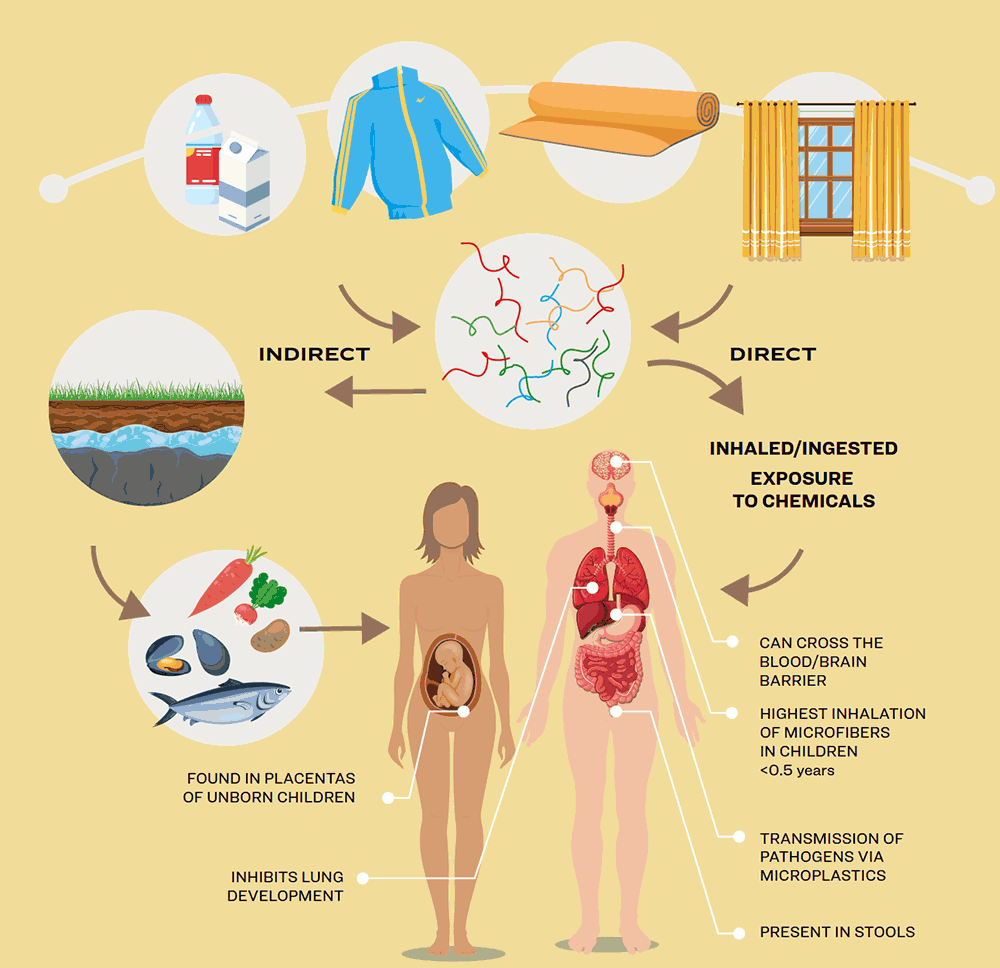
And while there was originally the belief that these plastics would pass through us, they are now being found in human organs and we’re still learning the health effects. One new study claims that microfibers from polyester and nylon clothing could also inhibit the lung’s ability to repair away tissue damage caused by Covid-19.
And microplastics aren’t the only issue. Many synthetic garments are literally toxic and these toxins can be absorbed through your skin. So be aware that the wrinkle resistance and moisture wicking comes with a price: chemicals including formaldehyde. As recently as 2019 flight attendants were getting sick from their uniforms that contained formaldehyde. While many governments regulate the level of formaldehyde in clothing, the US government does not. Something to consider on your next trip to the mall.
If you want to dismiss this as some crazy granola hippie rant because “wouldn’t we know more about this if this was really true? I mean if it’s that bad wouldn’t polyester be, like illegal?”
I know, right? It’s hard to think that what is sold in virtually every store from Walmart to Saks can be bad for you. Doesn’t anyone care? If you want to think this is an exaggerated claim that’s a choice. But I’d ask you to step back and look at who the stakeholders are and what they stand to lose.
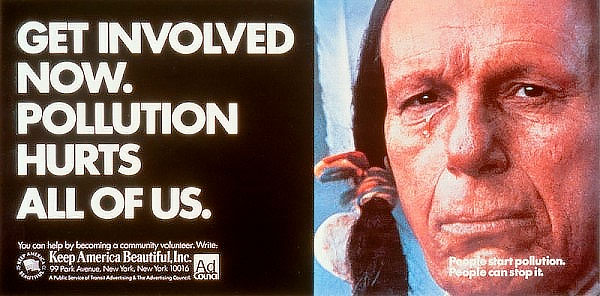
The oil and chemical companies know what they’re doing when they produce plastics and with the move towards electric cars, they’re doubling down on plastic production as their source of profit. They spend billions, if not trillions of dollars making sure you believe it’s all okay. They started in the 1970s by creating ads that made us believe we could recycle plastic when the truth is very little plastic is ever recycled. (the most famous one featured an Italian-American actor playing a “crying Indian” watching the land be polluted by plastic). To learn more check out The Plastic Wars, a great documentary that exposes the insanity.
Currently there is a site brazenly called “sustainablebrands.com” that as far as I can tell is simply there to convince us that plastics are okay. My favorite example is an article about Dupont’s new “sustainable” material. If you don’t know Dupont’s history (now merged with DOW Chemical) this is the company that created Teflon “no stick” pans and made insane profits selling it while knowing the whole time that it made people sick. In fact they knew they were polluting communities with toxic chemicals for decades. And that hasn’t stopped. That they are still in business frankly is galling. That they are still putting profits over people is unsurprising. And the big fashion companies have thus far chosen to protect their profits over people by not making changes fast enough.
Okay, I’m convinced. What do you suggest?
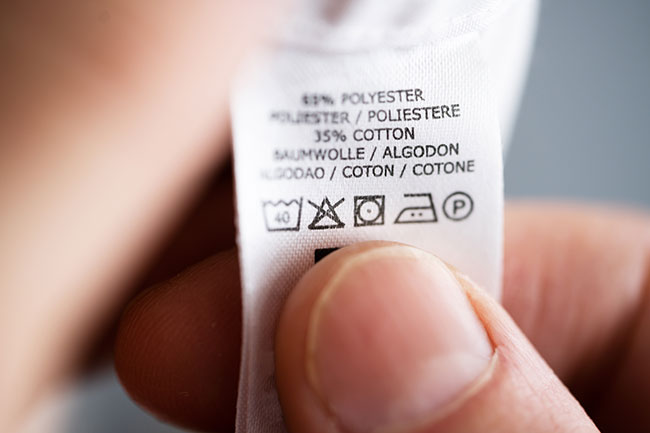
Glad you asked. I’m going to try and keep this as simple as possible. A handy bullet list will do.
- Take care of and cherish what you already own. It’s in your closet. No going back. Keep it for as long as possible.
- Have a clothing swap with friends and get “new to you” items.
- Wash in cold and line dry whenever possible. Using a guppy bag can help with microplastics getting into water systems.
- Secondhand is a better option than new because you’re keeping things out of a landfill longer. Thrift stores, Depop and the RealReal are all great options.
- Look for 100% natural* fibers when possible and ideally organic: cotton, wool, hemp, linen, silk. No fabric is perfect but I’d say natural is better than petroleum based. More companies are creating things that are regenerative which means created in a way that it can go back into the soil.
- And watch for more new plant-based leather such as cactus or apple leather or even from coffee grounds!
- When buying synthetics is unavoidable (i.e. swimsuits, bras, leggings) buy thoughtfully. There are activewear companies that are exploring plant-based clothing.
- Make sure your swimsuit is well constructed and fits well and if you spend only 1-2 weeks at the beach ask yourself how many do you really need? Instead of multiple swimsuits how about different cotton sarongs or cover ups?
The bottom line is: this comes down to awareness and habits. Now that we’re aware of the problem it’s time to change our habits. You got this!
*There are a lot of articles about the issues with natural fibers: amount of water for cotton, or the cruel treatment of sheep for wool etc. But be aware that it’s not necessarily how all of those fibers are harvested and IMHO it’s still better than synthetics.
Clothing now is like the early stages of organic food education. Many of us are just learning about “the ingredients” in our clothes and that’s a whole other article. No Kill’s “Fashion Finds” is what I recommend to finding the best brands. We’re starting shopping guides as well which we’ll be publishing and sending to our email list so be sure to sign up if you’re interested. And when you read articles that argue for synthetics over natural fibers consider the stakeholders and what they gain.
Also while recycling water bottles into clothing seems like a good idea, there is no way to then recycle that clothing so we are still stuck with synthetic clothing. Water bottles recycled into new water bottles is a better option as this can be a continuous loop. (until we all smarten up and stop buying single use water bottles)
Finally, if you want to dive deep into this subject Fossil Fashion by Changing Markets has great reports.



